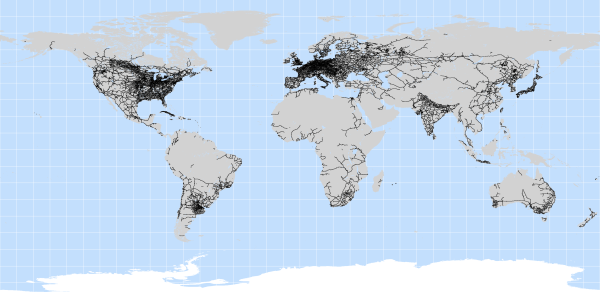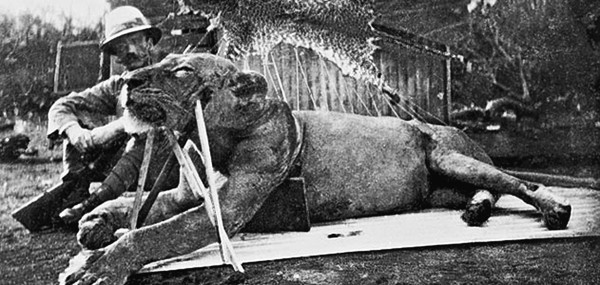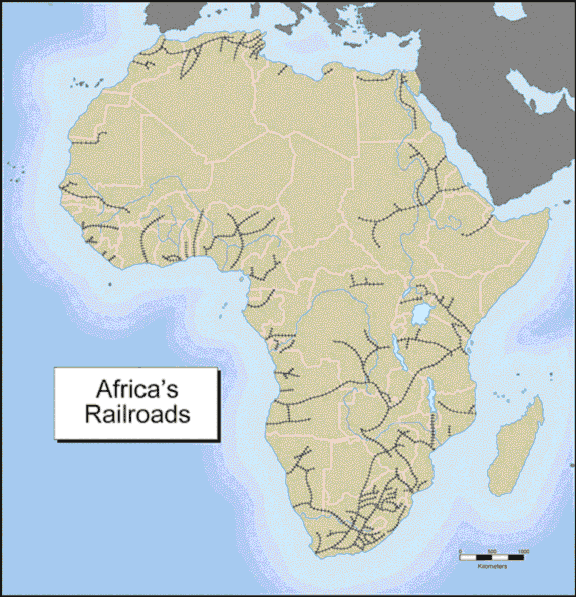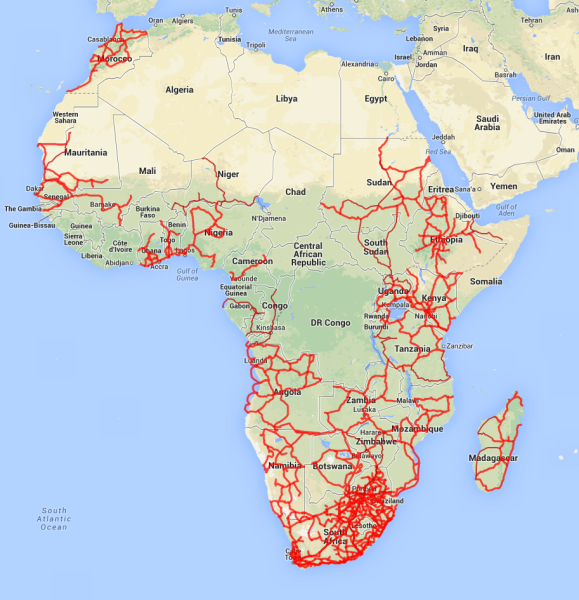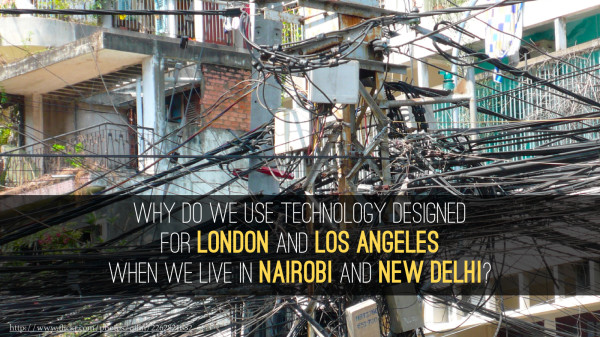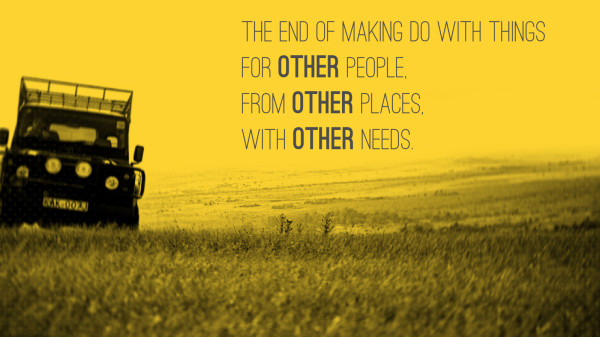The Case for Engineering BRCK in Africa – Part 1
(Note: I’ll do another post later on the challenges, constraints and opportunities of designing in Africa, but here’s a real case study for why it’s important.)
Reg and Philip spent a day last week at Amboseli working with a group of conservationist called Lion Guardians, who have a permanent camp about 10km from the edge of the Amboseli National Park. They went at their request to see if BRCK could solve their current connectivity challenges before they invested in satellite equipment.
A Problem of Too Many GSM Towers
The situation is that Lion Guardians can get decent signal from one operator (Airtel) but very slow data connections. They can also receive signal from another mobile operator (Safaricom) in certain physical locations within the camp but it requires standing in one spot and holding their phone in a certain way. One of the workers is able to send/receive data by holding his laptop in one of these spots to get a decent data connection.
Reg and Philip spent a couple of hours surveying the signals with a combination of the OpenSignal Android phone app and the Wilson boost equipment. They found a very strong Airtel signal but it only provided edge data. They found more than one Safaricom signals, one of them provided no data – even with strong signal – and another provided reasonable edge performance. However, when locating in the exact spot identified, they were able to get 3G signal and faster data.
After attempting to secure a reliable signal from the identified 3G tower (they were tracking tower IDs) they stumbled upon a hypothesis for this type of situation, which isn’t an uncommon issue.
The hypothesis is that the 3G tower is the tower that is furthest from camp and therefore has the weakest signal. From most locations in camp, one of the stronger signals from the other towers is given preference and no/poor data connections are the result. However, when standing in a location that blocks the stronger towers (due to a building and a tree), the weaker signal take precedent and a solid 3G connection is possible. As we understand it, the device will usually “hear” several towers and then has to make a decision about which one it’s actually going to talk to. Signal strength, not quality, tends to be the easiest metric to engineer for.
A BRCK GSM Lock-on Solution
The opportunity is to create a means of forcing the selection of a specific tower ID even if other towers have stronger signals. In order to achieve this improved result we are going to need to address two principal issues:
- The first is that we have to develop a means of indicating to the BRCK which tower IDs are acceptable and which should be rejected.
- The second is to develop a means of doing effective site surveys that will allow anyone to identify the best carrier/tower combination for a given location.
If we can do this then we should be able to offer a very competitive performance improvement in locations with mixed/limited coverage. You can imagine being out with your BRCK in a new environment and getting a list of possible connections, and choosing the best one – not the strongest one, in the future.
This observation further reinforces our “engineered in Africa” position since we would likely not encounter this scenario in the West. The fact that Safaricom has multiple towers but only some of them have good data connections is a very unique problem for the emerging markets.
With respect to Lion Guardians, they have been told that a new Safaricom tower is coming that will be close to camp. This will likely provide them with the performance they are looking for. However, they will still need a BRCK since they want to have a single, reliable, self-powered connection that is shared using an outdoor Ubiquity WiFi AP.
